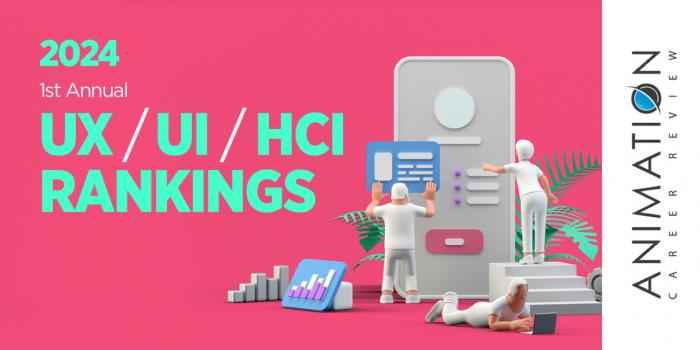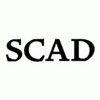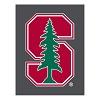Carnegie Mellon University (CMU) is one of the world’s first universities to offer a major in Human-Computer Interaction (HCI). Launched in 2020 and housed in the School of Computer Sciences (SCS), Human–Computer Interaction Institute (HCII), CMU’s HCI program has BS, minor, and concentration options. The BS requires 35 courses, the interdisciplinary minor consists of three courses and nine-plus elective units, and the concentration comprises five courses including two required courses and three elective courses.
Students enrolled in any Carnegie Mellon undergraduate program may enroll in the school’s Interdisciplinary HCI Major. This option allows students to maintain their primary major and complete the Interdisciplinary HCI major by taking 12 prerequisite and required courses. Course examples include Programming Usable Interfaces (PUI); Design Educational Games; Software Structures for User Interfaces (SSUI); Statistics for Lab Sciences; and User-Centered Research & Evaluation (UCRE).
The HCI BS program at Carnegie Mellon University consists of coursework in humanities and the arts, math, statistics, science and engineering, psychology, ideation and design, computing, and research and evaluation. Course examples include Digital Service Innovation; Matrices and Linear Transformations; Statistical Graphics and Visualization; Reason, Passion and Cognition; Advanced Interaction Design; and Software Structures for User Interfaces.
In addition to required courses, BS students have the opportunity to take up to four elective courses in the areas of design and technology. Design of Artificial Intelligence (AI) Products and Services; Human AI Interaction; Computer Game Programming; Digital Service Innovation; Gadgets, Sensors and Activity Recognition in HCI; and Human Robot Interaction.
Throughout the program, BS students will have opportunities to design for digital technologies such as virtual and augmented reality (VR/AR), web, fabrication, mobile, IoT, and gadgets. The program culminates with a Capstone course, which consists of a team project that allows students to work with CMU-based clients or external clients to design, build, and test a software applications. Second HCI major students will also complete the Capstone.
The HCI minor at Carnegie Mellon University is open to students in computer science, information systems, and mechanical engineering as well as areas such as art, design, psychology, statistics, architecture, and decision science, and business administration. The HCI concentration is designed for SCS students. Across options, area explored include digital technologies, virtual and mixed reality (VR/MR), and human psychology as it relates to interactions with digital services and products.
Students in the HCI minor and concentration have access to many of the same courses as students in the BS program do. Students in both options will take Designing Human-Centered Software (DHCS) and Interaction Design Fundamentals. Elective examples include Building User-Focused Sensing Systems; Artificial Intelligence Methods for Social Good; Machine Learning in Practice; Experimental Animation; and Web Application Development.
Graduates of the HCI minor are prepared to pursue careers related to the creation of new interactive products, environments, services, and systems. Graduates of the HCI BS program, second major, and concentration at Carnegie Mellon University are well-positioned to compete for careers in the tech industry. Examples include Interaction Designer, Technical Product Manager, UX Engineer, and Front End Engineer. Some program alumni go on to pursue graduate study at CMU or other major universities.
Founded on November 15, 1900 by industrialist and philanthropist Andrew Carnegie, Carnegie Mellon University opened its doors as Carnegie Technical Schools. Today, this private global research university provides more than 200 programs to approximately 16,780 students representing 126 countries. In addition to the main campus in Pennsylvania, CMU has campuses in California's Silicon Valley and Doha, Qatar.
Housed across seven colleges and schools, Carnegie’s academic programs are also provided in Africa, Asia, Australia, Europe, Mexico, and Portugal. Carnegie Mellon University is accredited by the Middle States Commission on Higher Education (MSCHE).












